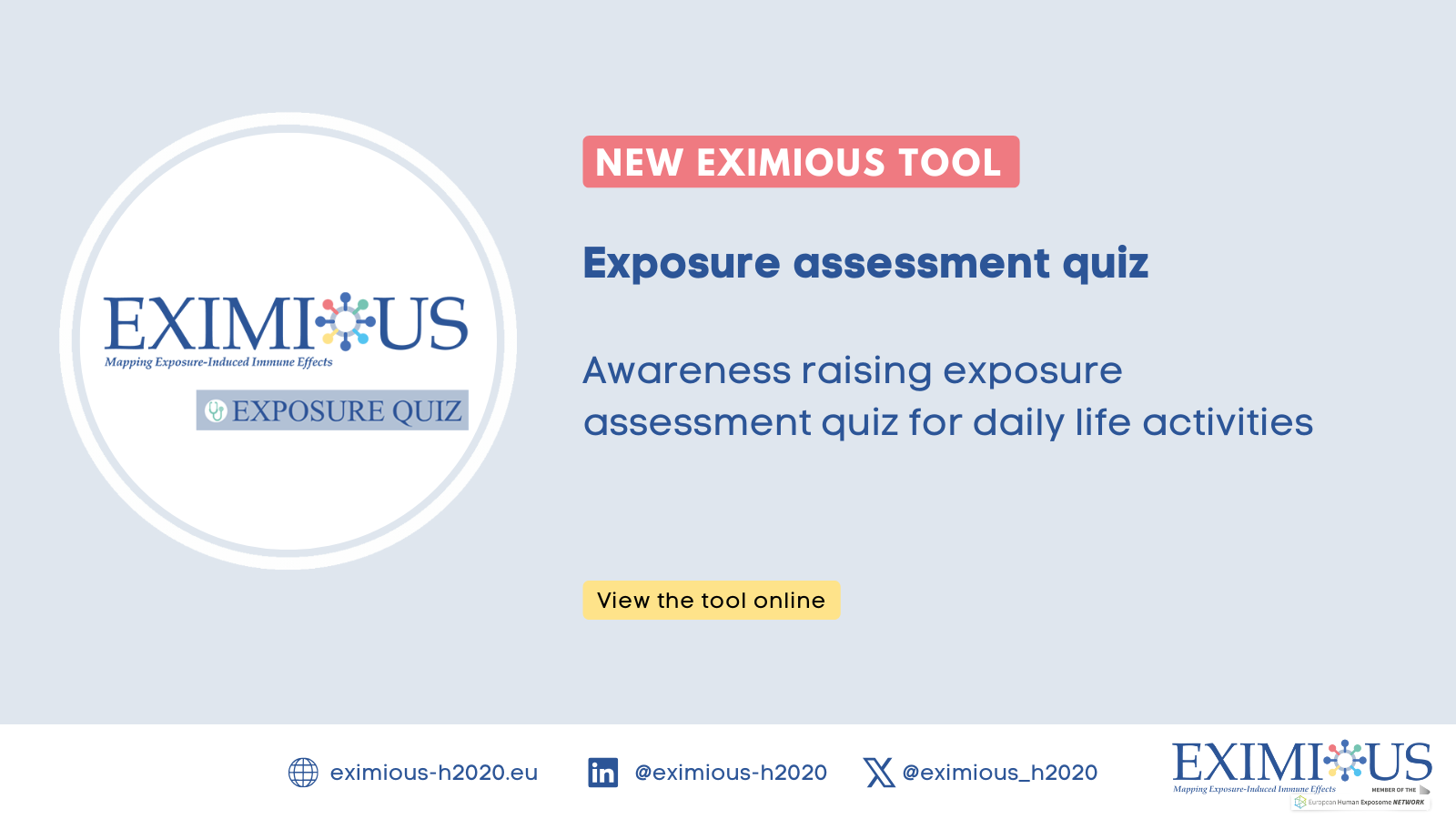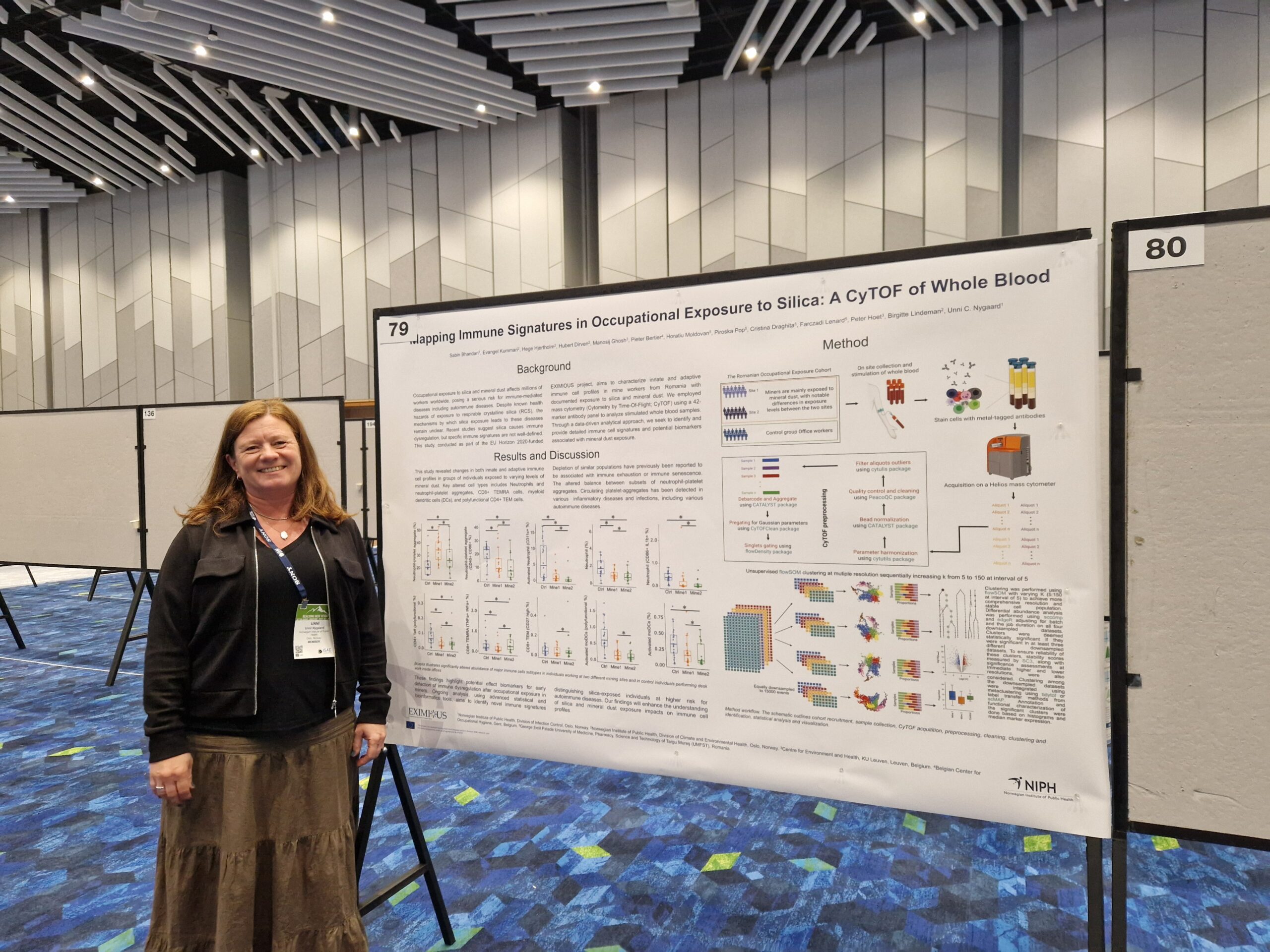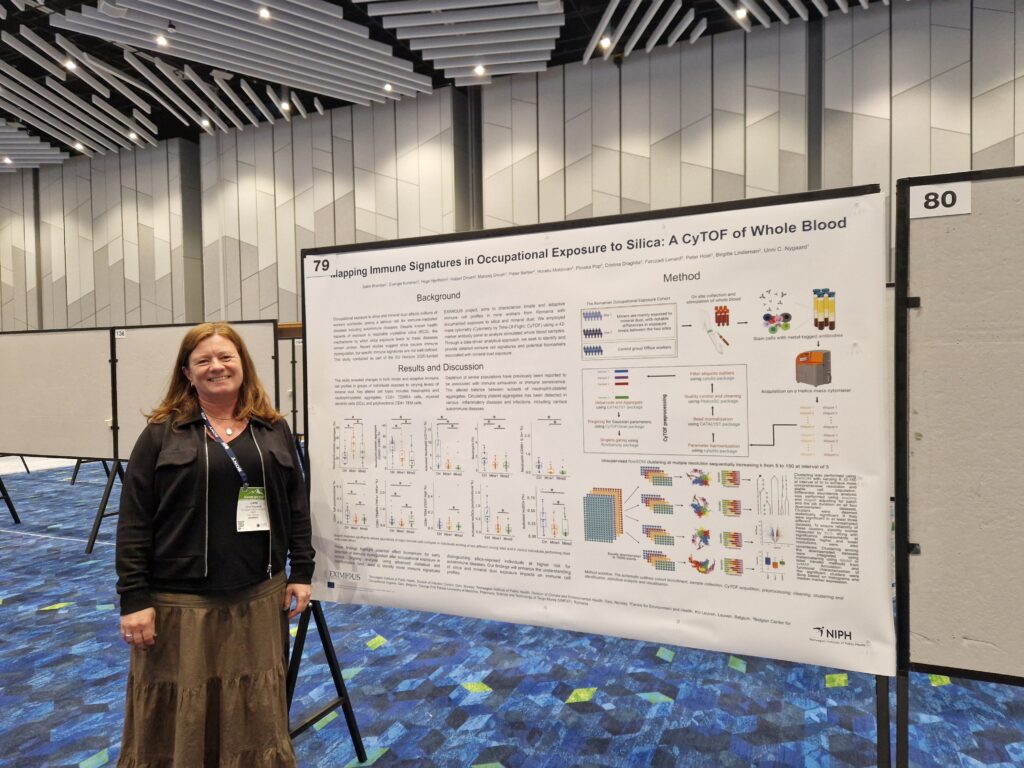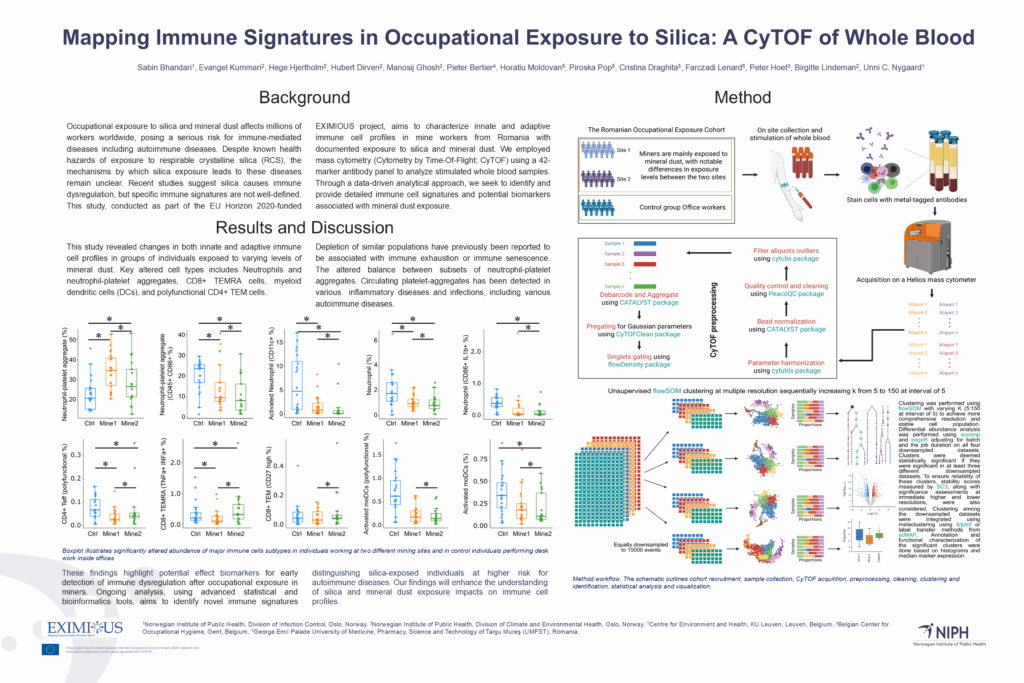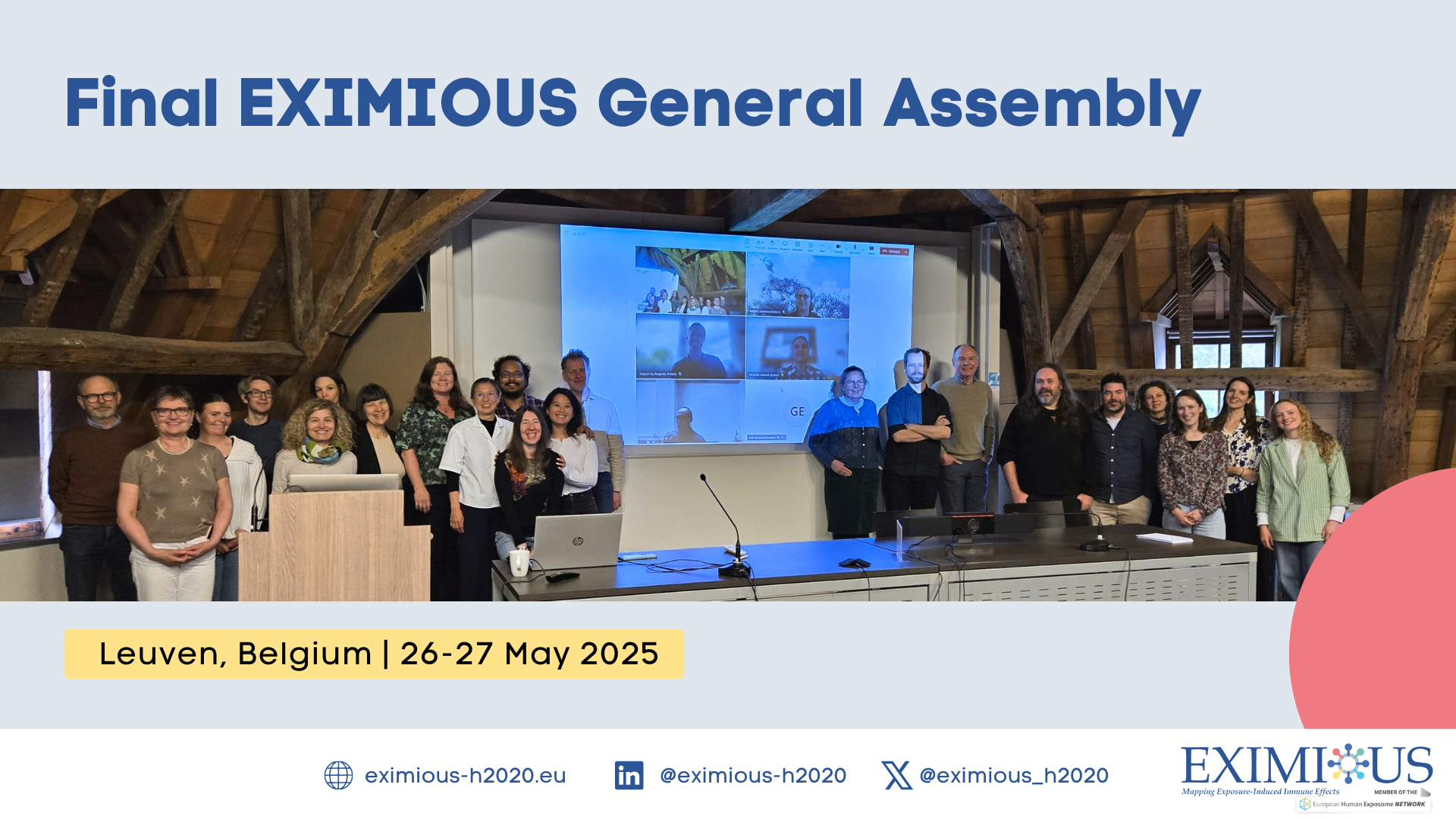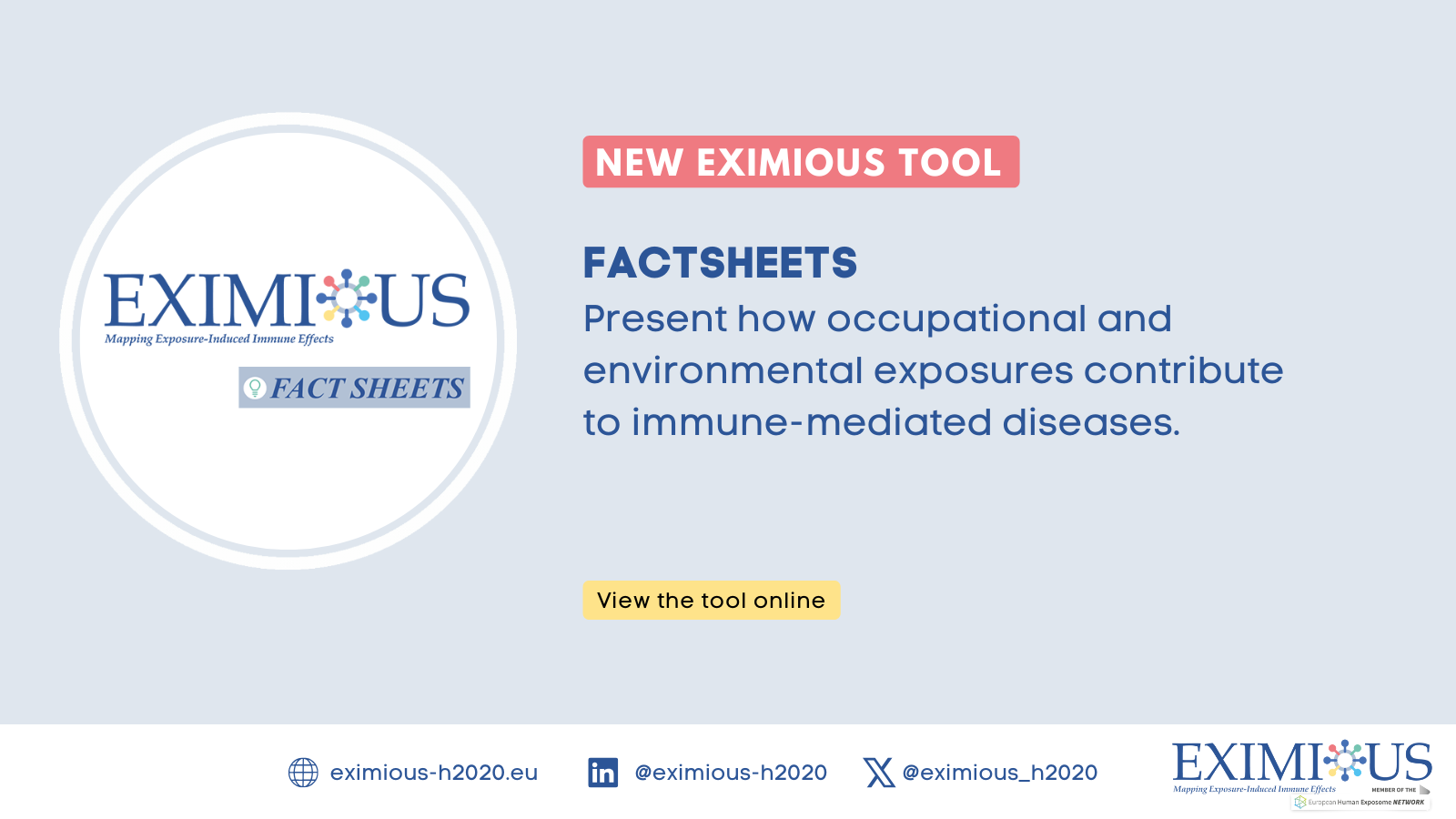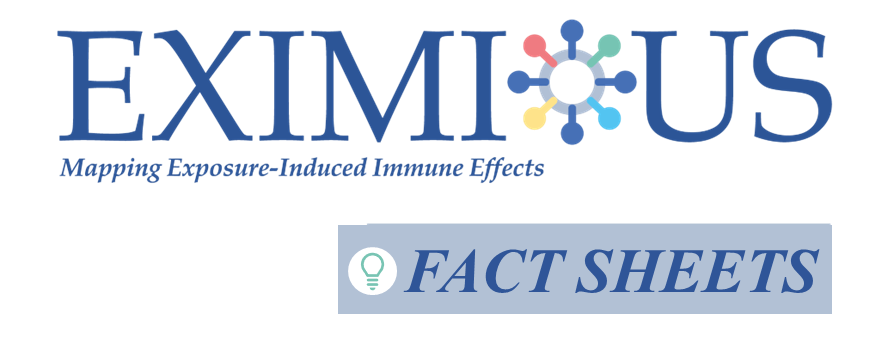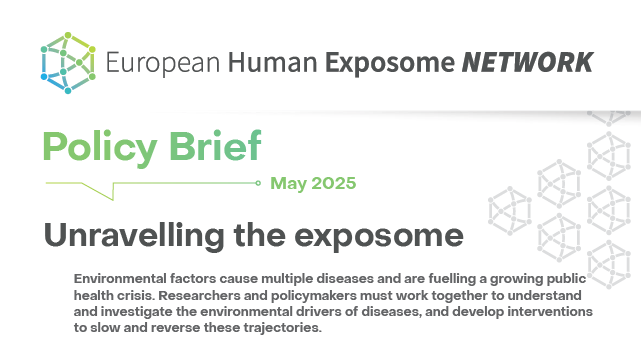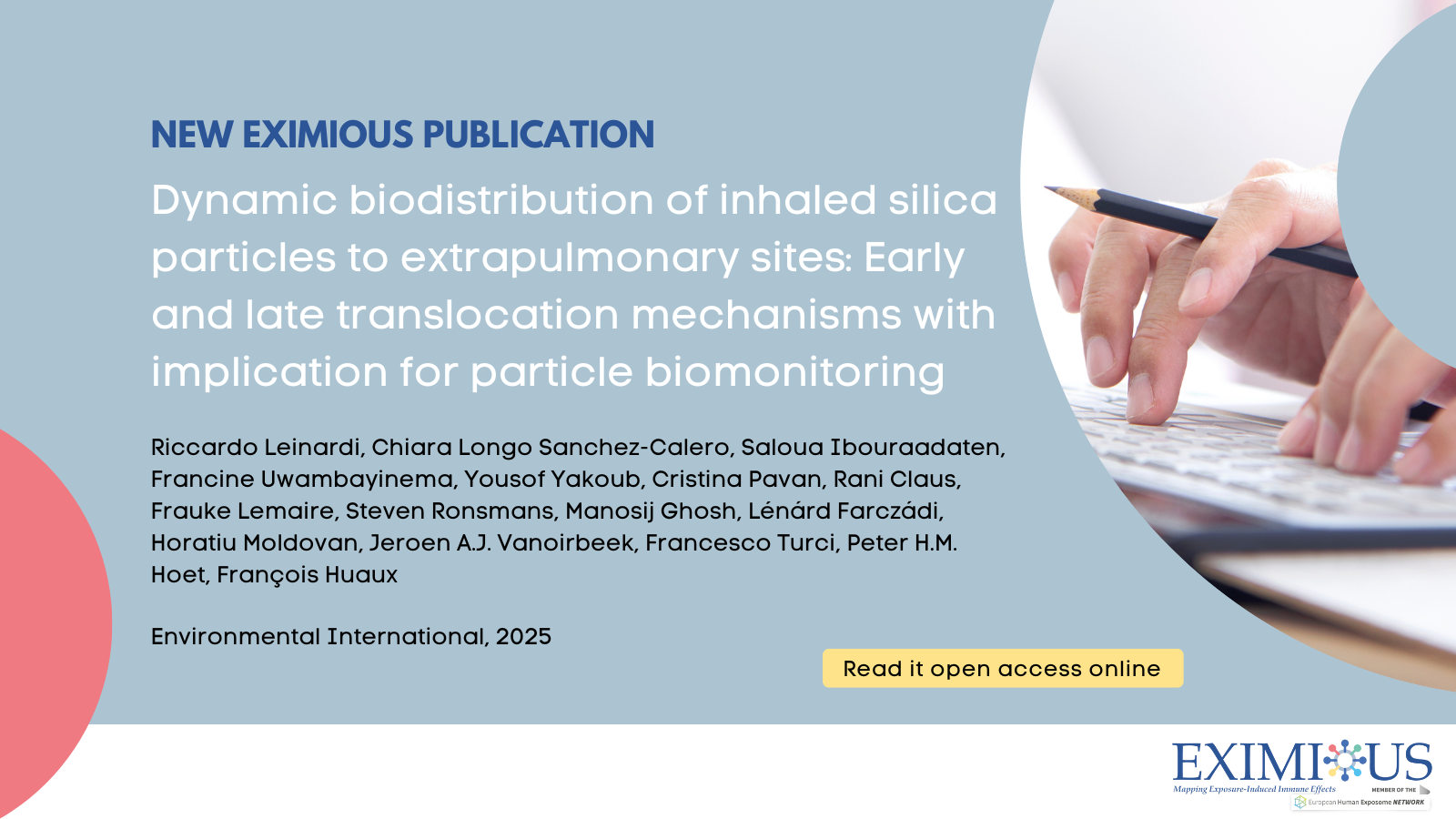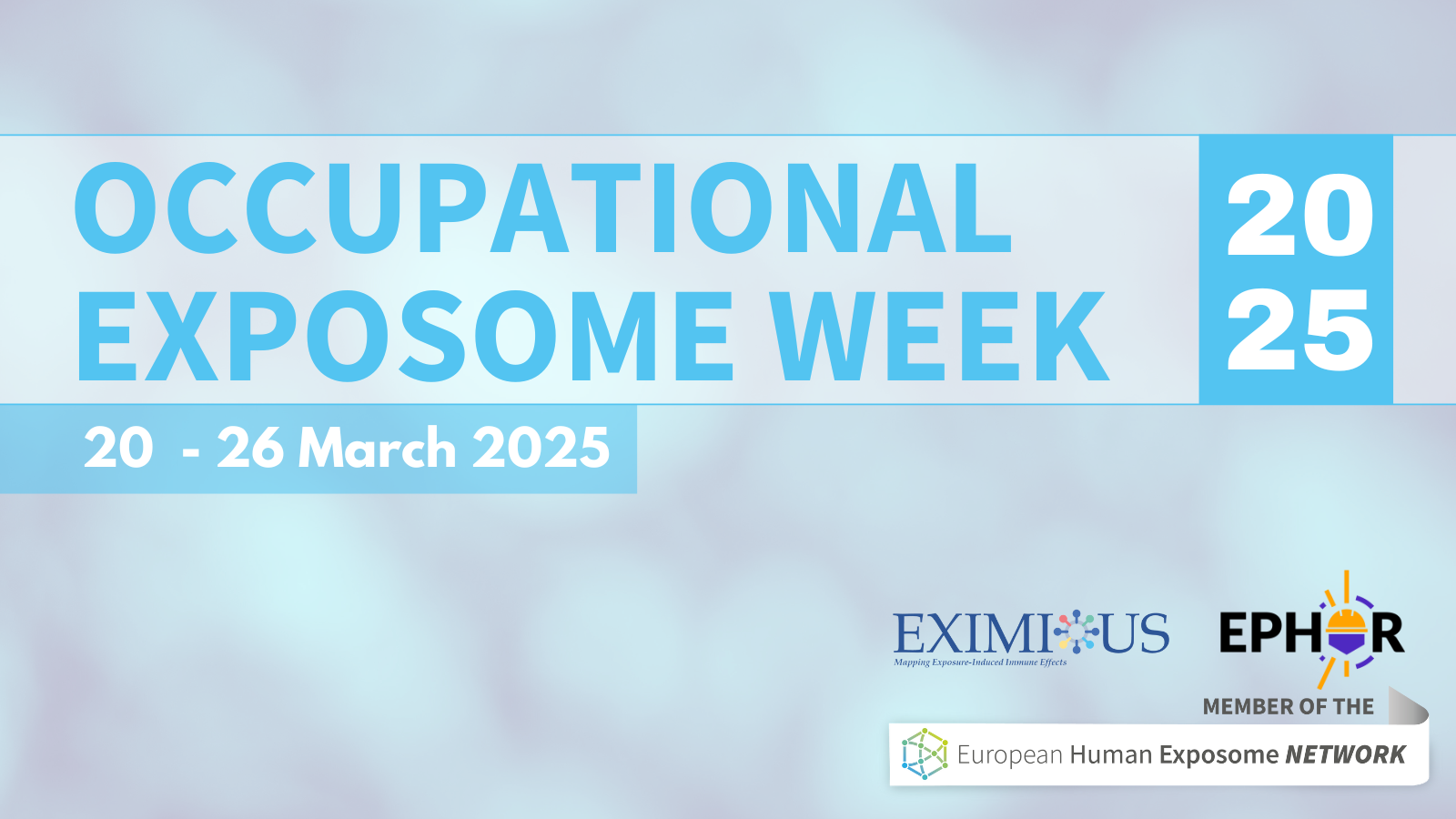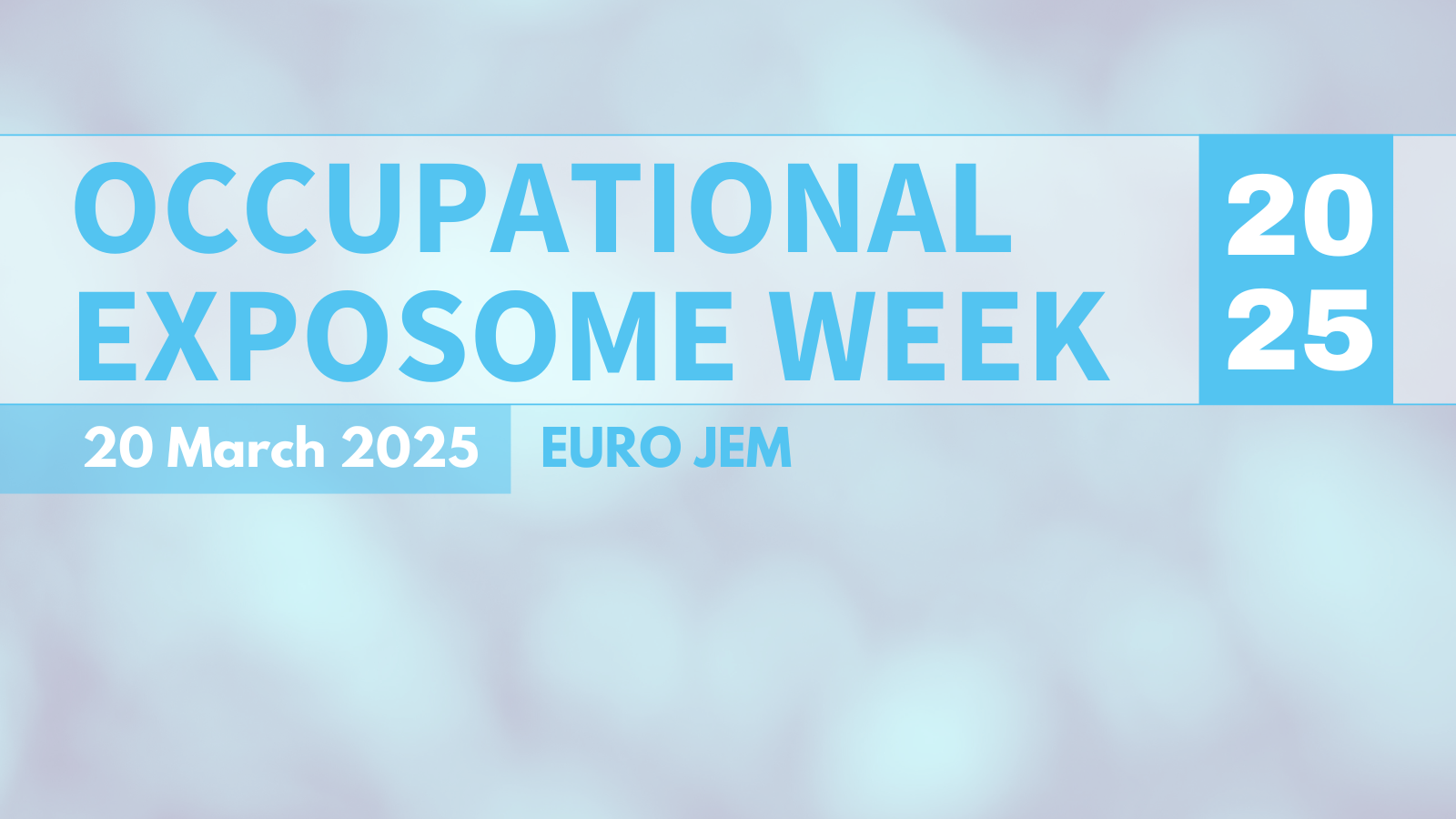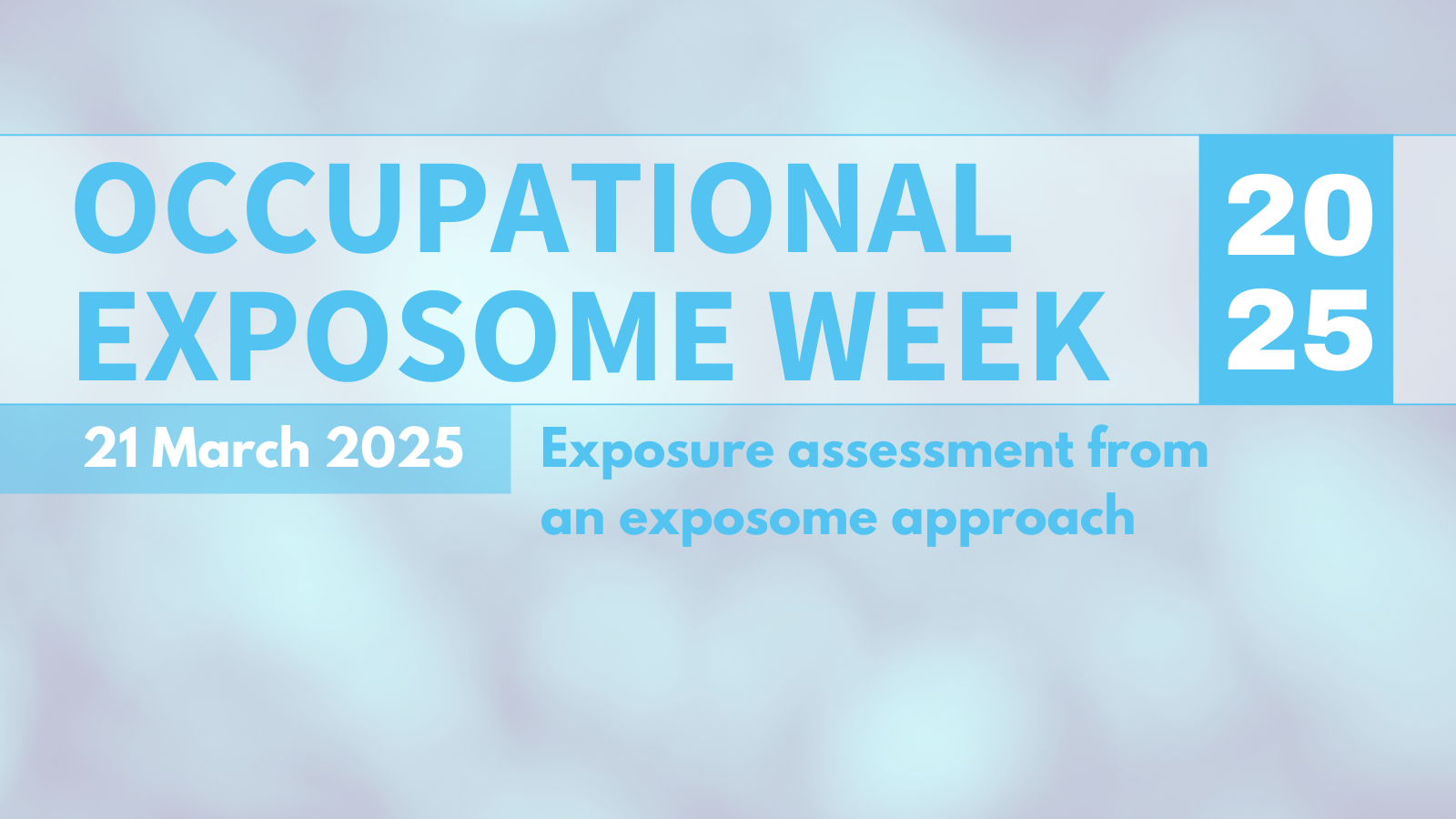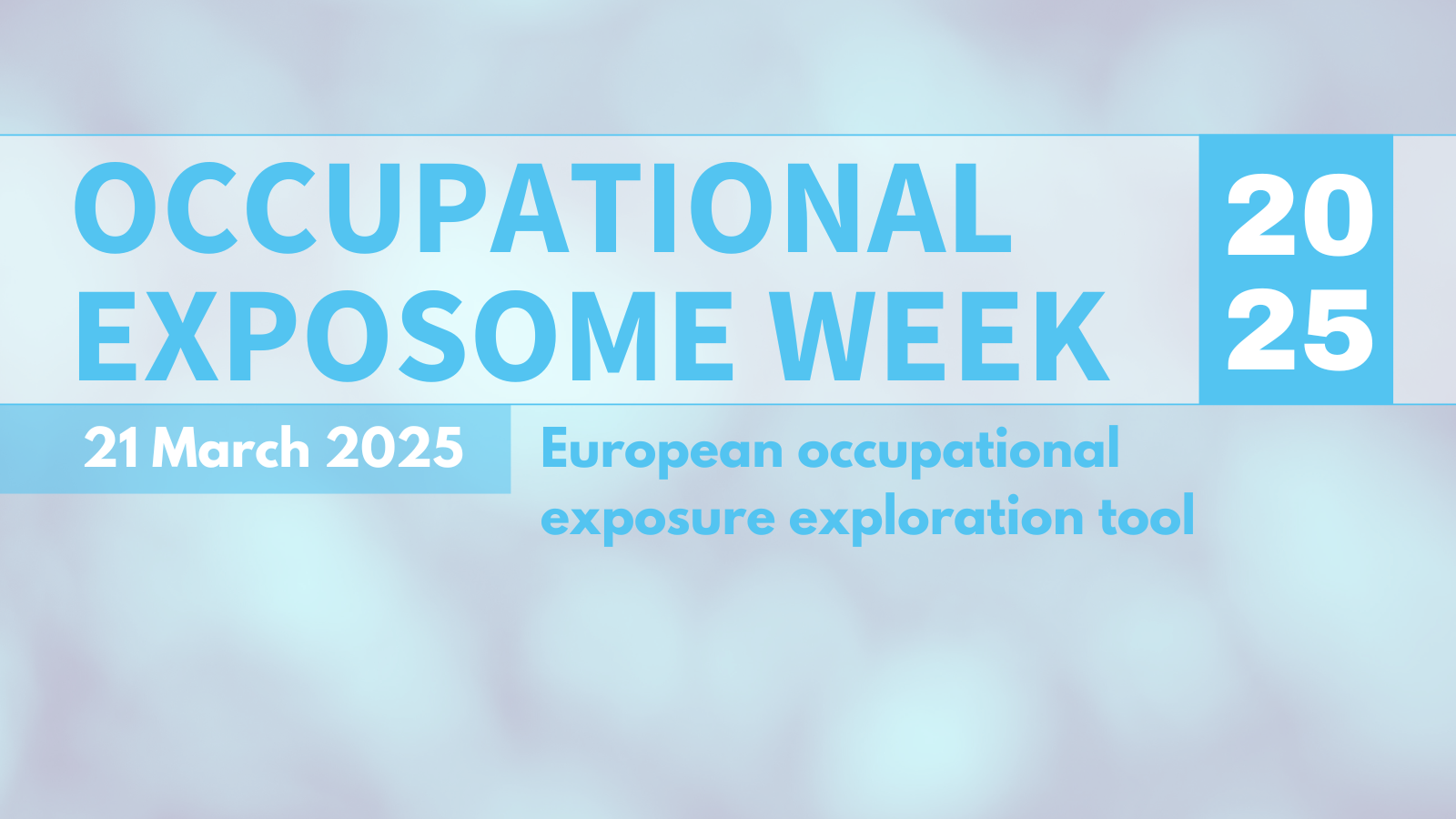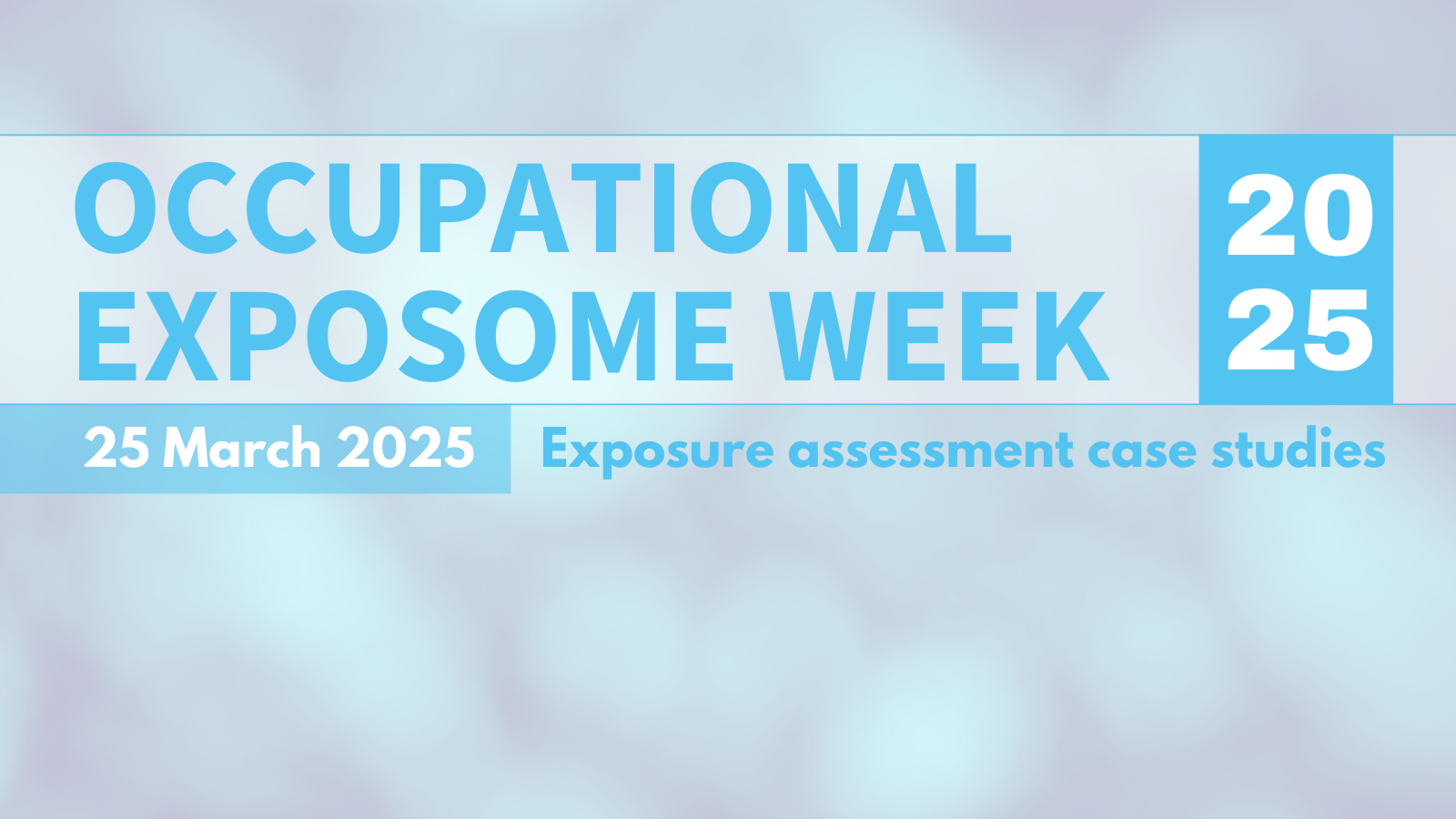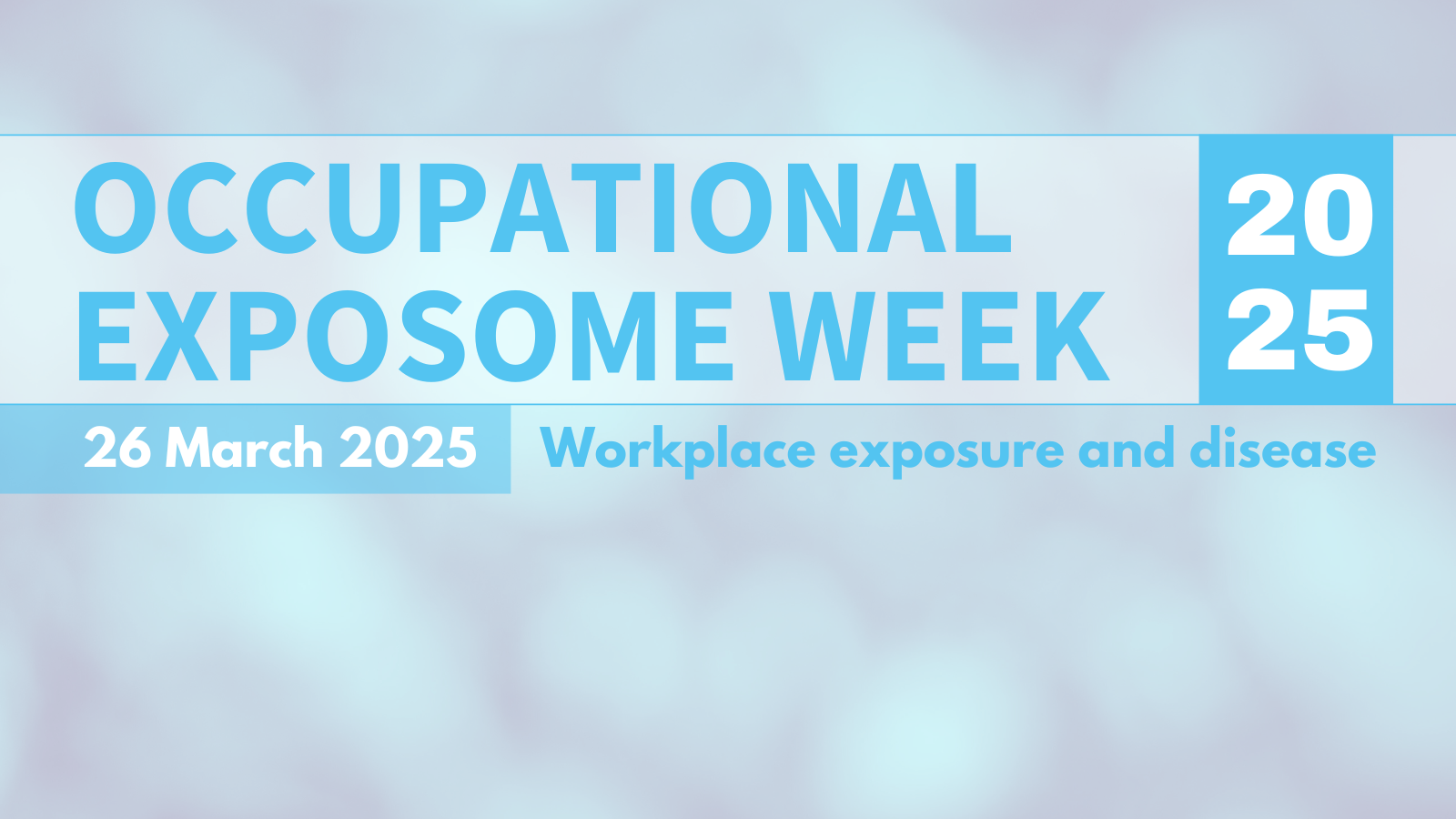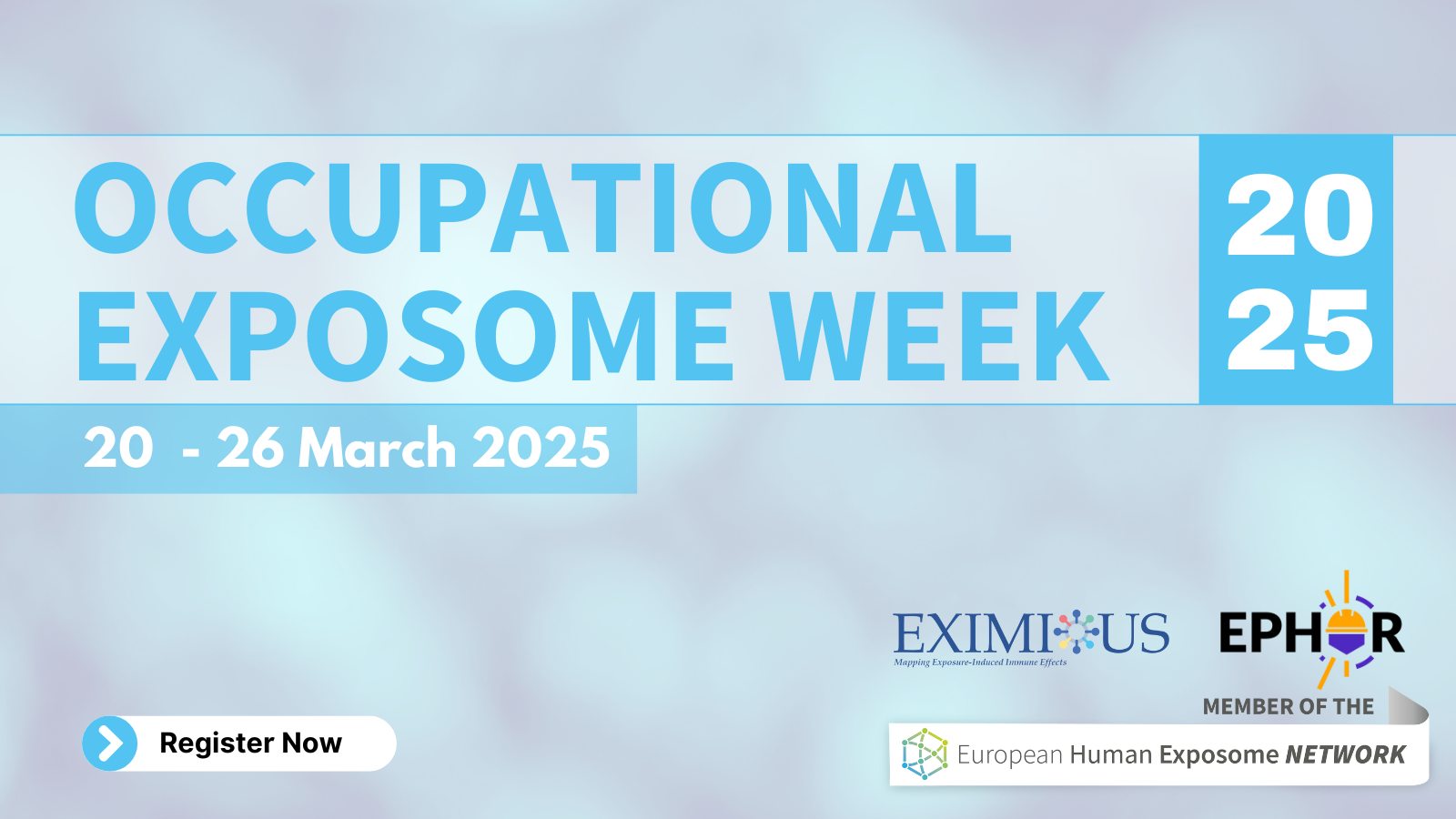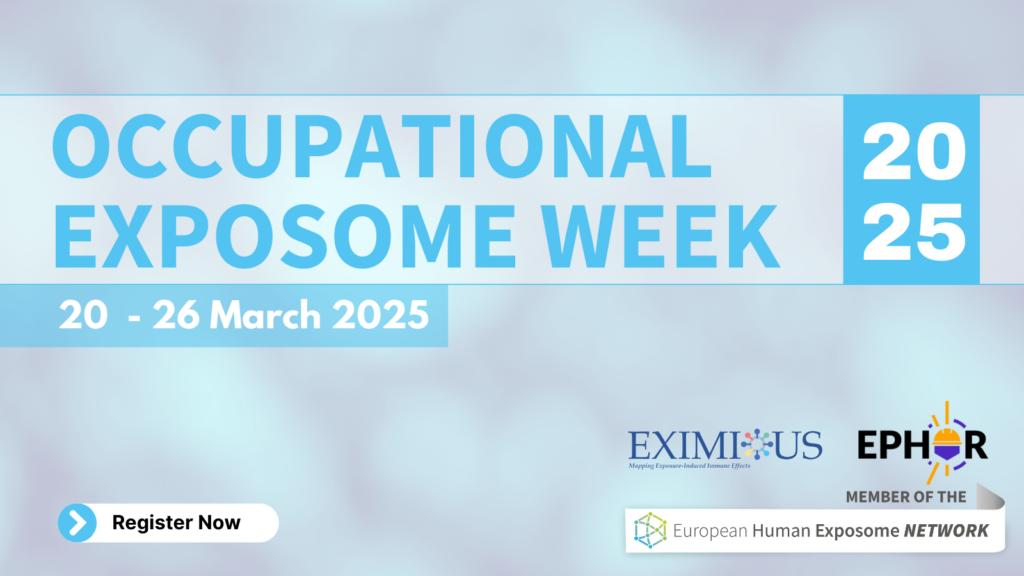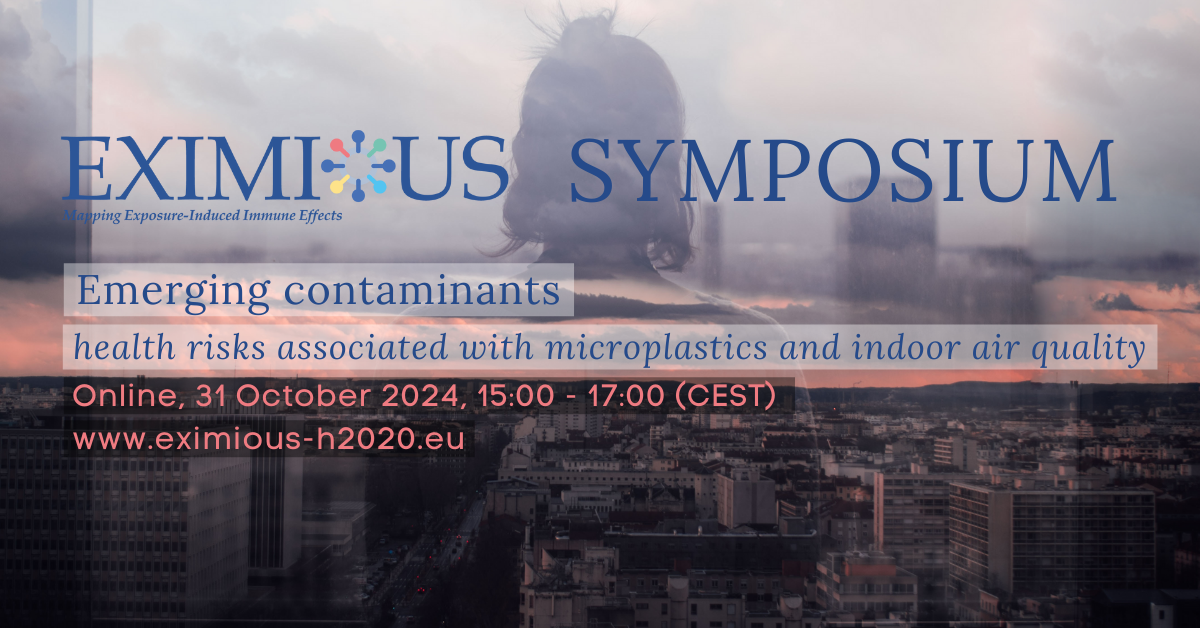Uncategorized
New publication: Dynamic biodistribution of inhaled silica particles to extrapulmonary sites: Early and late translocation mechanisms with implication for particle biomonitoring
In our latest study we quantified for the first time the systemic redistribution of crystalline silica particles deposited in the lungs of mice, using an innovative approach based on ICP-MS spectroscopy. Specifically, we demonstrated that 30% of inhaled crystalline particles translocate into extrapulmonary sites including immune organs – such as the liver (13%), spleen (2%), lymph nodes (12%) – and the kidneys (1.7%). Beyond offering new insight into the mechanisms underlying the organ-specific biodistribution of inhaled silica particles, our study provided an updated perspective on the systemic toxicity of silica, which is potentially implicated in the pathogenesis of some autoimmune disorders. From an occupational viewpoint, our findings suggest that biomonitoring silicon (Si) levels in urine and blood could serve as a valuable biomarker for assessing the exposure to silica-based mineral dusts in workplace settings.
You can find the publication here: https://www.sciencedirect.com/science/article/pii/S0160412025002247
Insights from the final EXIMIOUS Symposium on Health Risks of Emerging Contaminants: Microplastics and Indoor Air Quality
The EXIMIOUS project hosted its seventh and final symposium titled “Emerging Contaminants: Health Risks Associated with Microplastics and Indoor Air Quality” on 31 October 2024. Conducted online, this event brought together over 50 experts and attendees from across Europe, offering key insights into the human health implications of exposure to microplastics and indoor air pollutants. The symposium, held from 15:00 to 17:00 CET, was led by EXIMIOUS Coordinator Prof. Peter Hoet from KU Leuven, Belgium, and featured presentations from three prominent researchers.
The symposium began with an introductory address from Prof. Hoet, who highlighted the importance of understanding emerging contaminants (ECs) as environmental factors influencing human health. He outlined the objectives of the symposium to examine how air quality and EC exposure impact health and to explore methods of risk assessment for these contaminants.
Insights into Microplastics and Health Impacts
The first speaker, Dr. Raymond Pieters from Utrecht University, the Netherlands, discussed the complexities of assessing the health risks posed by micro- and nanoplastics (MNP). His presentation, Human Risk Assessment of Microplastics, underscored that while primary MNPs show limited effects on the immune system, weathered MNPs with altered surface chemistry may have a heightened impact. Dr. Pieters presented data suggesting that exposure to traffic-related particulate matter (TWP) is linked to increased levels of blood leukocytes in humans, underscoring the need for further research into the biological impact of weathered plastic particles.
Air Quality and Children’s Cognitive Development
Prof. Xavier Basagaña from the Barcelona Institute for Global Health (ISGlobal) presented on Air Quality and Children’s Cognition, with a Focus on School Air Quality. His research explored how traffic-related air pollution is potentially associated with cognitive development, especially in school-aged children. Prof. Basagaña highlighted the role of indoor air quality during school and commuting hours in contributing to personal exposure, stressing that interventions to improve air quality in these settings are essential. He called for more studies examining the interplay of various indoor air parameters and their potential cognitive effects on children, along with strategies to mitigate these risks.
Health Risks from Chemicals Leaching from Plastics
Dr. Hubert Dirven from the Norwegian Institute of Public Health presented findings on the pervasive exposure to chemicals leaching from plastics in his talk, Living in the Plastic Age: Chemicals Leaching from Plastic and Possible Health Effects. He cautioned that widespread exposure to plastic-related chemicals poses potential human health hazards, particularly exposure to mixtures of chemical at low doses over time. Dr. Dirven advocated for inclusion of plastic chemical hazards in the upcoming UN Global Plastic Treaty and introduced a proposed initiative under the European Partnership for the Assessment of Risks from Chemicals (PARC) to further investigate these risks.
Following each presentation, the speakers engaged in a live Q&A, responding to questions from the audience. The final EXIMIOUS symposium successfully wrapped up the series, leaving participants with a clear understanding of the need for ongoing research and regulatory action on emerging contaminants affecting human health. For those who missed the live event, a recording of the symposium is available online.
